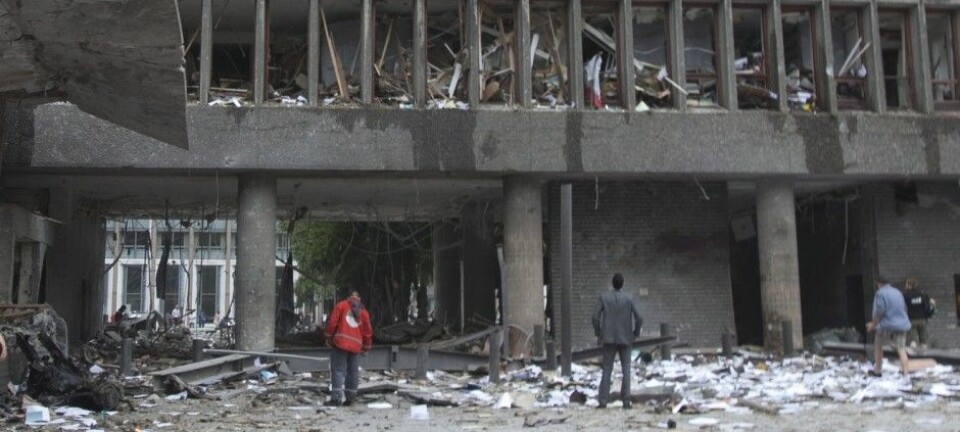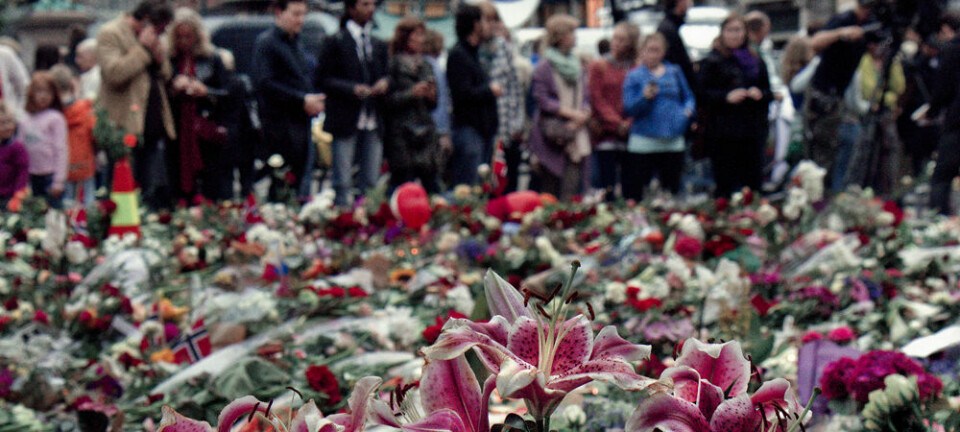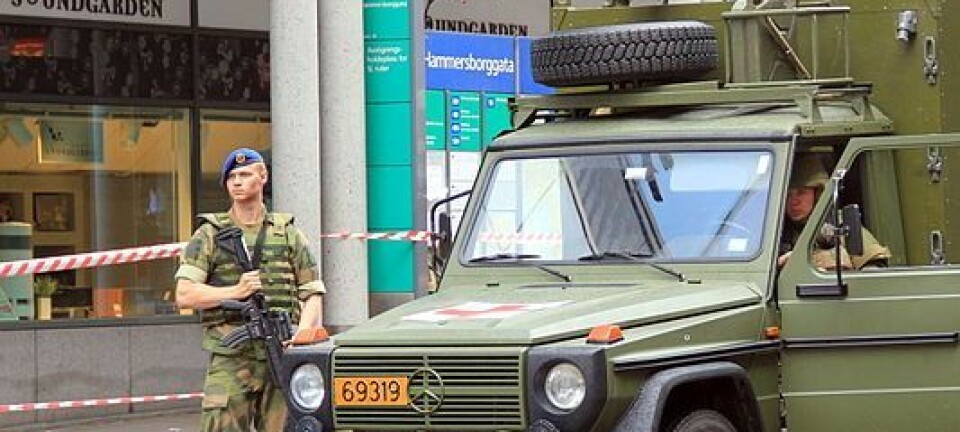
Lone-wolf terrorists can be tracked
Lone-wolf terrorists are often on the periphery of radicalized environments, shows new research. This could help authorities to forestall future attacks.
Lone wolf terrorists do not sit alone in front of the computer and radicalize themselves. They often drift in and out of radicalized environments, which makes it possible to track them before they commit an attack, shows new research.
The authors behind the new paper recommend that authorities pay close attention to people on the fringes of terrorist environments.
"We need to be concerned about the few people, who will never be key players in these environments, disappearing and going off radar again,” says co-author Lasse Lindekilde, associate professor in the Department of Political Science at Aarhus University, Denmark.
“Discontinuous relationships with radical groups can be difficult to spot unless many authorities talk to each other to pull all the pieces together," he says.
A clear pattern of radicalization
The new study is a result of the EU-funded research project, PRIME, where researchers from six universities around the world are trying to learn about radicalization process of lone-wolf terrorists.
The researchers studied 140 cases and discovered a pattern in the process of radicalization. They discovered that whilst they are called lone-wolf terrorists, they are certainly not isolated individuals.
"There are certainly a few people who end up doing something alone, but we see some clear patterns in people at different points in the [radicalization] process who are in contact with radical groups, individuals, or environments," says Lindekilde.
The project is based on specific cases, which is much needed, says Ann-Sophie Hemmingsen, who studies counter-terrorism at the Danish Institute for International Studies (DIIS), but was not part of the PRIME project.
"The very best research is empirically based, and this is something that’s really missing in this research field. There’s too much desktop-based speculation which makes lots of assumptions and goes from there. But studies such as this are what we’re really lacking," says Hemmingsen.
Different types of lone-wolf terrorists
The 140 cases studied include several kinds of lone-wolf terrorists, including right-wing extremists like Anders Behring Breivik who shot and killed 69 young people on the Norwegian island of Utøya in 2011, Christians in the US who have attacked abortion clinics, and Muslims like Omar el-Hussein, who attacked a café and synagogue in Copenhagen in 2015.
They all struggle to maintain a fixed relationship to the radicalized environments that they come into contact with, says Lindekilde.
"People’s individual, personal characteristics interact with their relationships with [these] communities. People can struggle to form a connection for various reasons, even if they would really like to,” he says.
“Some also try to shape their own radical groups without success. And this can be caused by different things, for example that they suffer from depression, or aggressive, grandiose ideas about themselves," says Lindekilde who mentions Anders Behring Breivik as an example.
Authorities should work together
According to Hemmingsen, there is a misconception that lone-wolf terrorists become radicalized entirely on their own, and so it is important to fully understand the radicalization process.
"The authorities are powerless if lone-wolf terrorists are completely on their own sitting in a dark basement and making plans to act all alone. But if that is not really what’s happening, and actually, most of them are in contact with the other, then they leave traces,” says Hemmingsen.
“Then it’s possible to detect them before they act and authorities are not quite as powerless," she says.
Of the 140 cases investigated, only three could be described as true self-radicalization. The rest had been in contact with radicalized groups of some form. This knowledge could help authorities to forestall future terrorist attacks, says Lindekilde.
"Knowing that we not only have to worry about the few hard-core parts of radical environments, but also individuals on the periphery can help to figure out where we need to use resources. At least we shouldn’t just forget about them completely," he says.
Social services, police, and other actors need to communicate with each other and assess such cases, says Lindekilde. “A multi-actor approach is an absolute necessity if we’re to have a chance to discover and prevent these types of cases in time."
Translated by: Catherine Jex











